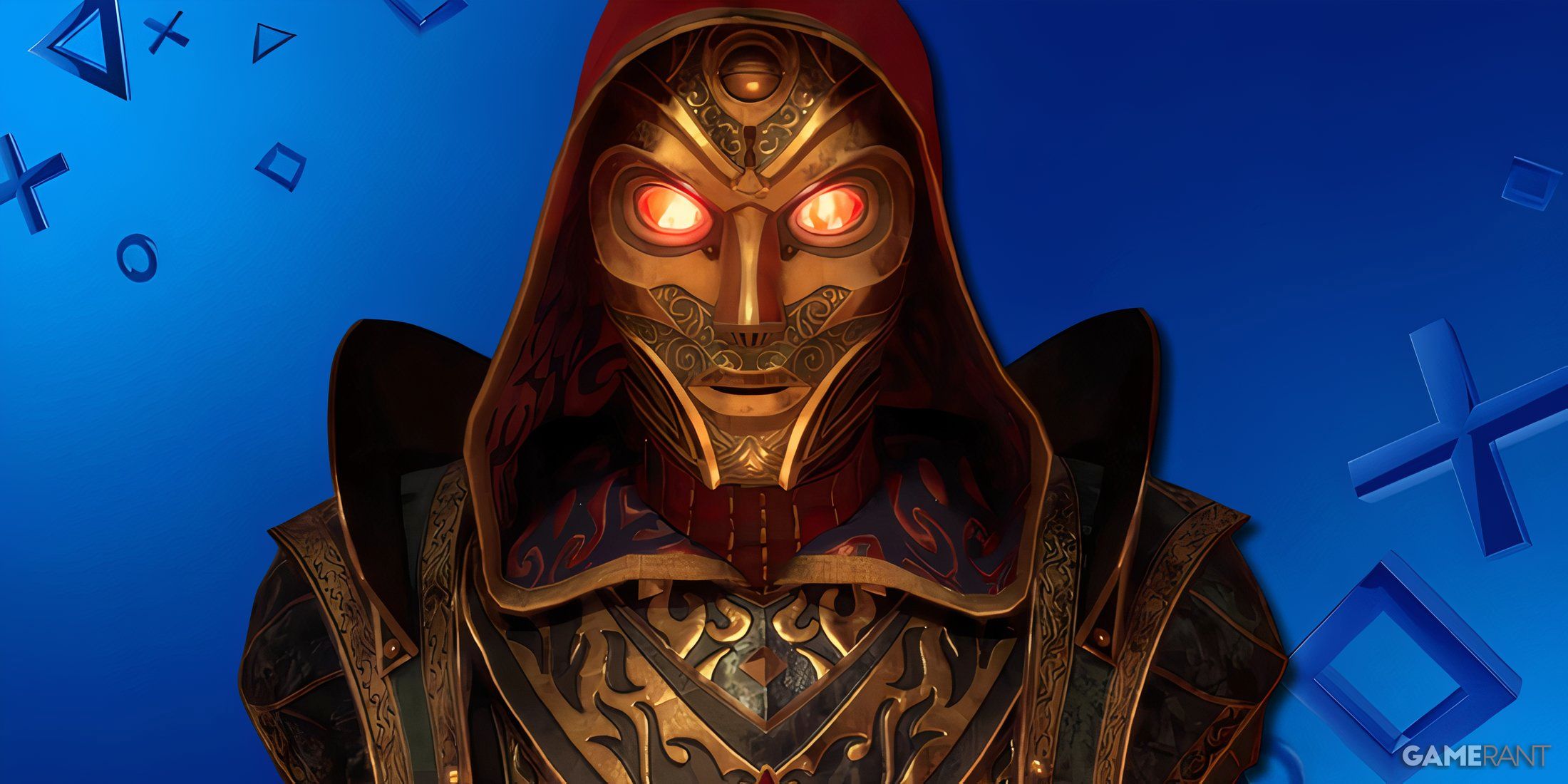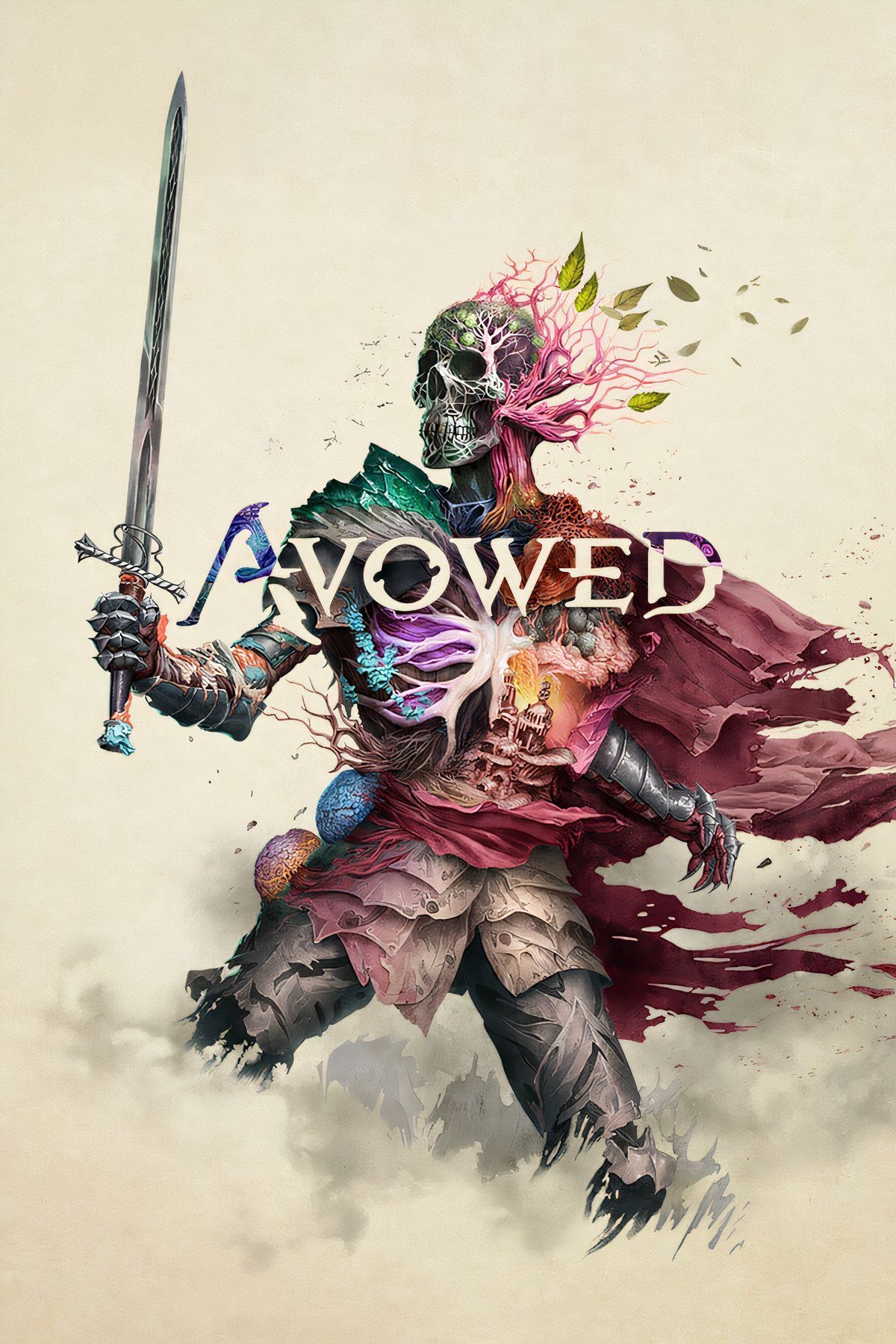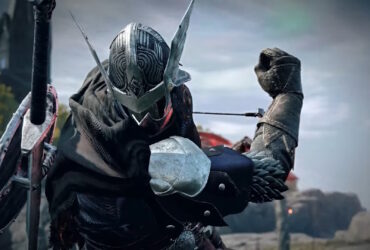Though Avowed is a fully standalone experience, it’s far from the first game set in the fantasy world of Eora. Following a successful Kickstarter that gave Obsidian a cool $4 million, fans were properly introduced to the world of Eora in 2015’s Pillars of Eternity. Over the course of two Pillars games and several expansions, the world of Eora quickly became a vibrant one, filled with opposing factions, ideologies, political beliefs, a sprawling pantheon of ancient gods, and a cavalcade of complex magical systems that blur the line between fantasy and science-fiction.
Set on a different continent to the Pillars of Eternity games, Avowed offers a neat entry point for newcomers to the franchise. Thanks to Avowed‘s active lore feature, players are able to look up key phrases and names while NPCs are talking, all at the tap of a single button. These lore entries give players a great overview of all the key bits of information they need to understand Eora’s complicated world, but it’s always good to have a deeper explanation if new fans are curious, and Adra is a particularly important tidbit.

Related
Avowed Coming to PlayStation in 2025 Would Make Sense, But There’s One Barrier to Consider
Avowed coming to PlayStation 5 in 2025 seems plausible, but there’s one factor that could put a wrench into Microsoft’s potential plans.
The Lore of Avowed’s Adra Explained
What Is Adra?
Soul energy is a core concept in Avowed and Pillars of Eternity‘s shared universe. In the world of Eora, it’s believed that once a creature or being dies, its soul energy (Essence) is transported to The Beyond, a mysterious otherworldly realm where the gods are said to reside. The soul then remains there for a period of time, and once a new physical body is ready, it’s transported back into the world of the living. This process is referred to as “Berath’s Wheel.”
It’s believed that Adra is an instrumental part of this reincarnation process. Often appearing as large green/blue crystals that emerge from the ground, Adra pillars are essentially conduits for soul energy. It’s believed that, once dead, a being’s soul is transported to The Beyond via the Adra veins that run throughout the entire world of Eora.
Adra’s Other Purposes
While many residents and factions of Eora choose to leave Adra well alone due to its perceived connection to the spiritual world and the fear of disrupting that connection, there are plenty of other factions who aren’t afraid to mine and use Adra for their own purposes. Some use Adra to simply craft jewelry, or carve into large deposits to produce sculptures.
One of the most notable uses of Adra is Animancy, the scientific study of soul energy. Animancers use Adra to power their soul-manipulation technologies, with it being an inherently powerful conduit for Essence. Animancy is deemed a rather controversial profession, with many religious groups believing the manipulation of souls (and the presumed disruption to Berath’s Wheel) to be blasphemous.
A rarer, even more powerful version of Adra can be found in the Deadfire Archipelago. Called “Luminous Adra” due to its ethereal glow, shards of this material have an even greater capacity, and a seemingly greater connection to soul energy. Luminous Adra can also be used to create powerful healing potions.
Adra’s Role in Avowed’s Story
In Avowed, players take control of a custom character who is a “Godlike,” a being that was blessed before birth by one of Eora’s 12 gods. Avowed‘s Godlike player-character quickly learns that they have some kind of connection to the Adra pillars in the Living Lands, and their patron god (an identity unknown to them and the player at the start of the game) uses that connection to commune with them.














Leave a Reply